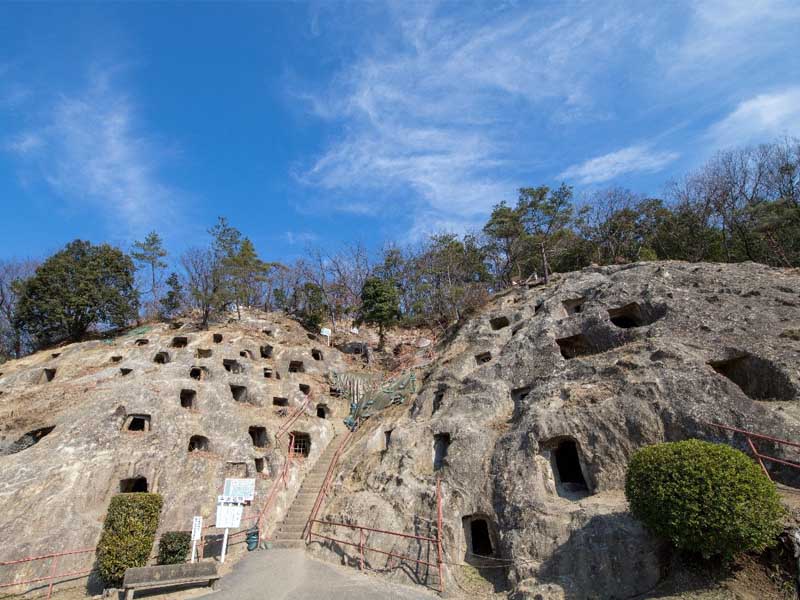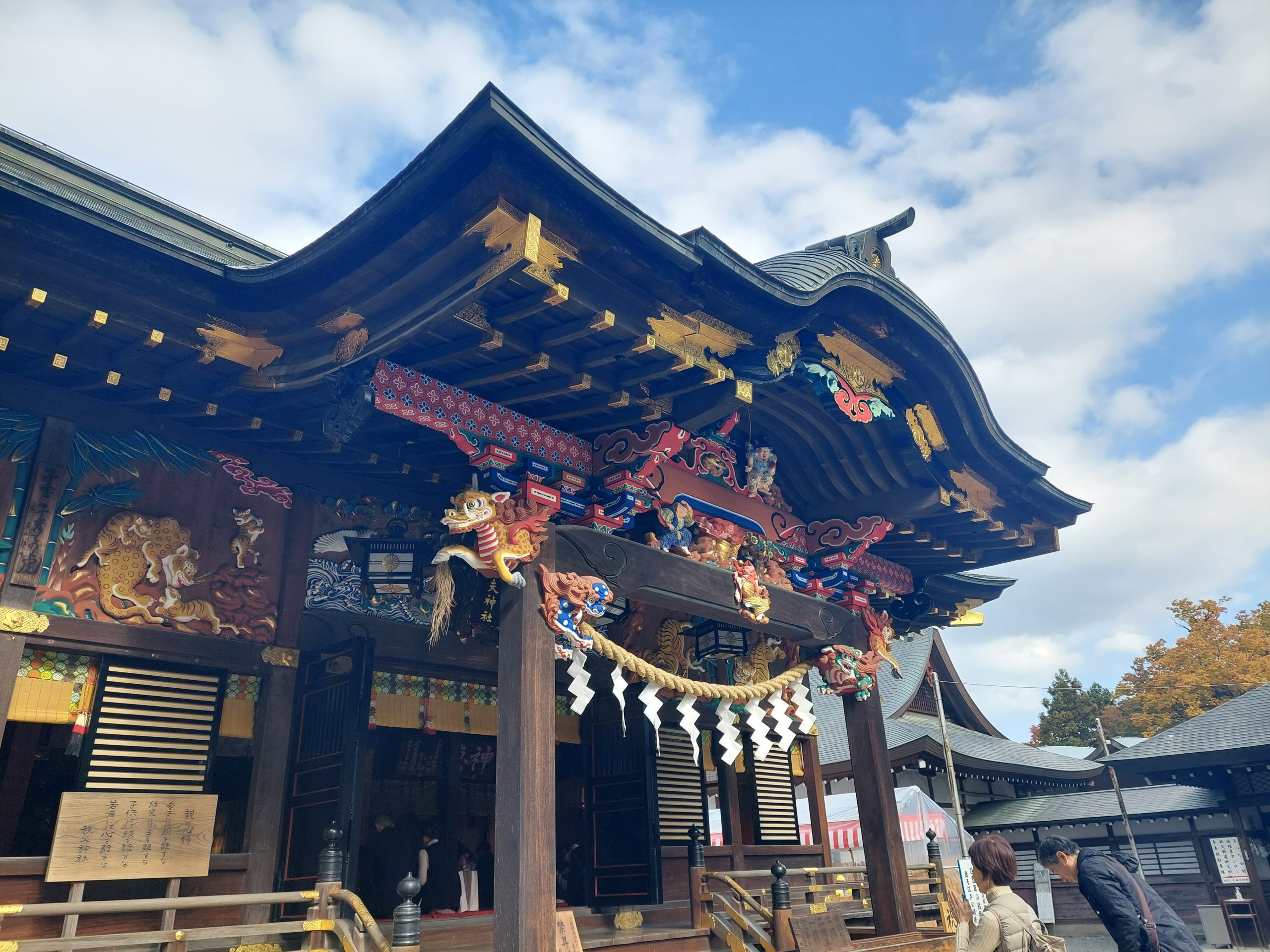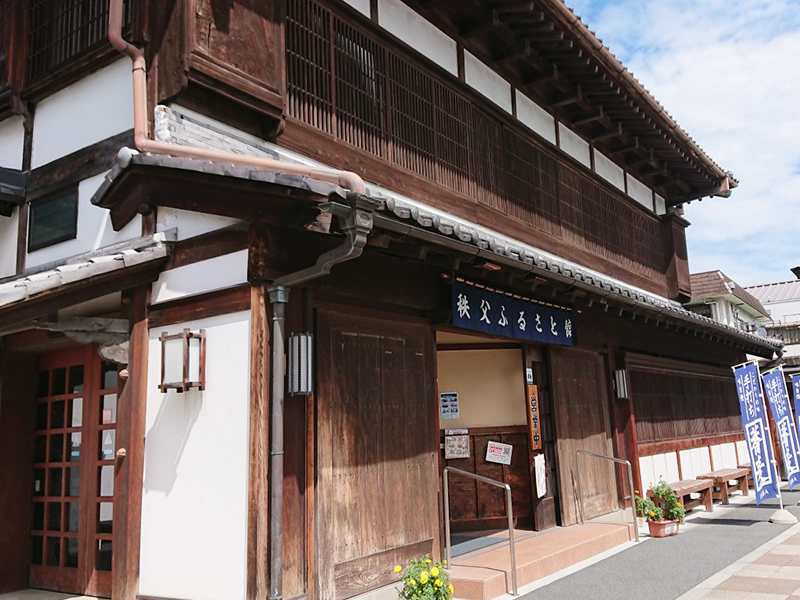Chichibu Festival Hall
sightseeing
Chichibu Festival Museum exhibits materials related to the booths and kasaboko (combined umbrella and halberd carried on floats in some festivals) of the Chichibu night festival that takes place every year on the 2nd and 3rd of December. The booths, kasaboko, curtain, sculptures made by Shōwa’s master craftsmen are arranged in a design related to the Myōken belief. At noon, the lanterns are switched on to reproduce the night festival. Within the noise of the palatial Chichibu booth music, the luxurious booth and kasaboko can be seen right before your eyes.
Basic Information
Location
Chichibu Banbamachi
TEL
0494-23-1110
FAX
0494-22-7345
Home page
Business hours / Fee
Business hours
9: 00 ~ 17: 00 (April-November)
10: 00 ~ 17: 00 (December-March)
* Admission is until 16:30
10: 00 ~ 17: 00 (December-March)
* Admission is until 16:30
Regular holiday
4th and 5th Tuesdays (March to November)
Tuesdays (December to February)
December 29th - January 1st
* December hours may change depending on the Chichibu Night Festival
* Open on public holidays
Tuesdays (December to February)
December 29th - January 1st
* December hours may change depending on the Chichibu Night Festival
* Open on public holidays
Fee
(General) Private 500 yen Group 450 yen ※25 people or more for a group (Elementary/Middle School Students) Private 250 yen Group 200 yen ※25 people or more for a group ※If you hold a Physical Disability Certificate ・Rehabilitation Certificate・Mental Disability Certificate・Atomic Bomb Victims Record Book・Handbook for War Injury, the individual and the caregiver (up to one person) will have no entry charge.
How to get there
Public transport
In the case of using Seibu Railway
Take the Seibu Chichibu Line from Ikebukuro and get off at Seibu Chichibu Station and walk for 15 minutes
In the case of using JR and Chichibu Railway
Take the JR Takasaki Line from Ueno and transfer trains from Kumagaya Station. Then get off Chichibu Station of the Chichibu Railway and walk for 3 minutes
Take the Seibu Chichibu Line from Ikebukuro and get off at Seibu Chichibu Station and walk for 15 minutes
In the case of using JR and Chichibu Railway
Take the JR Takasaki Line from Ueno and transfer trains from Kumagaya Station. Then get off Chichibu Station of the Chichibu Railway and walk for 3 minutes
Car
In the case of utilizing the Kan-Etsu Expressway
Get off the Hanazono Interchange
Then head towards Chichibu using the national route 140
If you are visiting from the direction of Hidaka・Hannō via national route 16, head towards Chichibu using the national route 299
If you are visiting from the direction of Kōfu・Yamanashi, take the Chūō Expressway using the Katsunuma Interchange via the national route 20, 411, and 140 in the direction of Chichibu
Get off the Hanazono Interchange
Then head towards Chichibu using the national route 140
If you are visiting from the direction of Hidaka・Hannō via national route 16, head towards Chichibu using the national route 299
If you are visiting from the direction of Kōfu・Yamanashi, take the Chūō Expressway using the Katsunuma Interchange via the national route 20, 411, and 140 in the direction of Chichibu
Parking
Available for free
Available for 3 Large Buses
Available for 3 Large Buses
Universal design
AED installation
〇
General / Wheelchair Shared Elevator
〇
Stairs with handrail
〇
Wheelchair-accessible slope
〇













